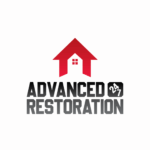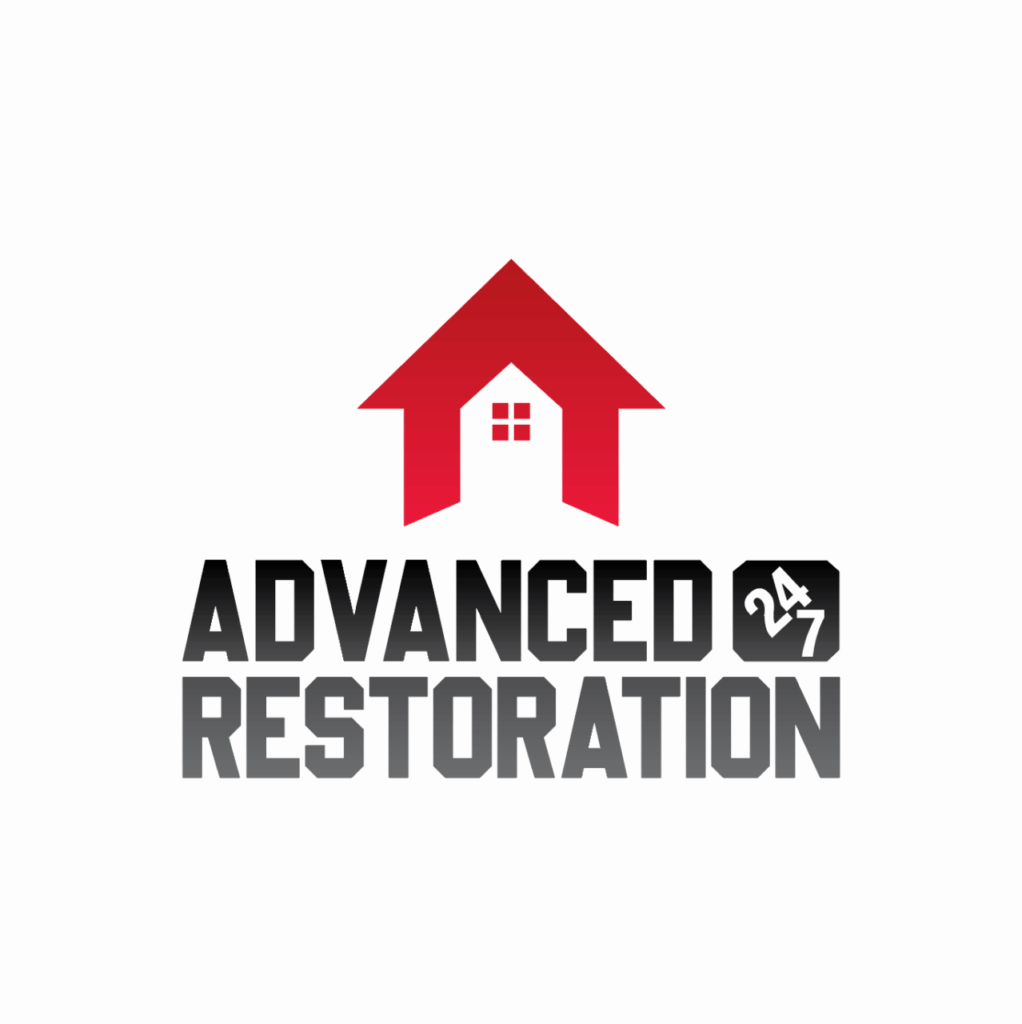Sewage cleanup can be a smelly and hazardous task, but fear not! Five fantastic ways to mitigate the health risks associated with this dirty job exist.
With the right tools and techniques, you can ensure a safe and sanitary environment for yourself and those around you.
So, grab your gloves and get ready to discover the secrets that will keep you protected in the face of sewage.
Proper Personal Protective Equipment (PPE)
To ensure your safety during sewage cleanup, it’s crucial to wear the appropriate Personal Protective Equipment (PPE). Choosing the right PPE and receiving proper training on its usage are essential to protecting yourself from potential health risks.
When it comes to selecting the right PPE for sewage cleanup, there are a few key factors to consider. The first is to identify the hazards you may encounter during the cleanup process. Sewage can contain harmful bacteria, viruses, other pathogens, and toxic chemicals. Understanding the potential risks will help you determine which PPE items are necessary for your protection.
Once you have identified the hazards, you can select the appropriate PPE. This may include gloves, goggles or face shields, respirators, coveralls, and boots. It’s important to ensure that the PPE you choose is designed to protect against biological hazards and chemicals. Additionally, ensure that the PPE fits properly and is comfortable to wear, as this will encourage compliance and minimize the risk of exposure.
In addition to choosing the right PPE, it’s crucial to receive proper training on its usage. Training should cover topics such as when and how to don and doff PPE, proper disposal of contaminated PPE, and how to recognize signs of PPE failure. This training will enhance your safety during sewage cleanup and increase your confidence in handling potentially hazardous materials.
Thorough Disinfection Techniques
Ensure thorough disinfection of the affected areas to eliminate any remaining pathogens and prevent the spread of disease. Proper disinfection techniques are crucial in sewage cleanup to ensure the safety and well-being of the affected area’s cleanup crew and inhabitants. By following specific disinfection protocols and conducting a thorough health risk assessment, you can effectively minimize the health risks associated with sewage cleanup.
To achieve thorough disinfection, it is essential to use appropriate disinfectants and cleaning agents that are effective against a wide range of pathogens commonly found in sewage. These disinfectants should be applied according to the manufacturer’s instructions and left on the surface for the recommended contact time to ensure maximum effectiveness. Additionally, using disinfectants with a broad spectrum of activity can help eliminate a wide range of pathogens, providing comprehensive protection.
A proper disinfection protocol involves cleaning and disinfecting all surfaces and objects that have come into contact with sewage. This includes but is not limited to floors, walls, furniture, appliances, and personal belongings. To help visualize the disinfection process, refer to the table below:
| Surface/Object | Cleaning Method | Disinfectant Used |
|---|---|---|
| Floors | Mopping with detergent | EPA-approved disinfectant |
| Walls | Wiping with detergent | EPA-approved disinfectant |
| Furniture and Belongings | Wiping with detergent | EPA-approved disinfectant |
Effective Ventilation Systems
As you address the health risks in sewage cleanup and implement thorough disinfection techniques, it’s crucial to consider the importance of effective ventilation systems. Proper ventilation is vital in maintaining a healthy indoor environment during sewage cleanup.
Here are three reasons why effective ventilation systems are essential:
- Improves Indoor Air Quality: Sewage cleanup releases harmful contaminants, including bacteria, viruses, and toxic gases. Without proper ventilation, these pollutants can accumulate and linger indoors, posing a significant risk to your health. An effective ventilation system helps to remove these contaminants and maintain fresh and clean indoor air quality.
- Prevents the Spread of Odors: Sewage cleanup often comes with unpleasant odors that can permeate your home or workplace. An efficient ventilation system helps to remove these odors by constantly circulating the air and preventing them from settling in the environment. This creates a more pleasant living or working space and reduces the risk of respiratory discomfort.
- Ensures the System’s Longevity: Regular maintenance of your ventilation system is crucial to ensure its optimal performance. Neglecting regular maintenance can decrease airflow and efficiency, compromising the system’s ability to remove contaminants from the indoor air effectively. By prioritizing regular maintenance, you can extend the system’s lifespan and maximize its effectiveness in improving indoor air quality during sewage cleanup.
Safe Handling and Disposal of Contaminated Materials
Properly handling and disposing of contaminated materials is crucial for ensuring the safety of individuals involved in sewage cleanup. When dealing with hazardous waste, it’s important to implement proper waste management and containment measures to minimize the risk of exposure to harmful substances.
First and foremost, it’s essential to have a designated area for the containment and storage of contaminated materials. This area should be well-ventilated and equipped with appropriate containers that are leak-proof and labeled clearly. These containers should be able to withstand the hazardous materials they hold and prevent any potential spills or leaks.
When handling contaminated materials, it’s important to wear personal protective equipment (PPE) such as gloves, goggles, and masks to protect yourself from direct contact with the waste. Additionally, it’s crucial to wash your hands thoroughly with soap and water after handling any contaminated materials.
Proper waste disposal is also a key aspect of safe sewage cleanup. It’s important to follow local regulations and guidelines for the disposal of hazardous waste. This may involve contacting a licensed waste management company or using specialized facilities for the proper disposal of the contaminated materials.
Professional Sewage Cleanup Services
Are you in need of professional sewage cleanup services? Dealing with sewage can be a daunting and dangerous task, so it’s important to hire professionals who are trained in sewage cleanup.
Here are three reasons why professional sewage cleanup services are essential:
- Expertise and Training: Professional sewage cleanup technicians undergo extensive training to handle hazardous materials safely. They have the knowledge and skills to assess the situation, identify potential health risks, and implement appropriate cleanup procedures. With their expertise, they can effectively remove sewage, disinfect the affected area, and minimize the spread of contaminants.
- Proper Equipment and Tools: Professional sewage cleanup services have access to specialized equipment and tools necessary for a thorough and efficient cleanup. This includes protective gear, industrial-grade cleaning agents, and high-powered extraction machines. By utilizing these resources, professionals can ensure that all traces of sewage are properly removed, reducing the risk of lingering contaminants and odors.
- Environmental Impact Assessment: Professional sewage cleanup services not only focus on the immediate health risks but also consider the long-term environmental impact. They conduct thorough assessments to determine the extent of the damage and implement appropriate measures to prevent further contamination. This may include proper waste disposal, disinfection of surrounding areas, and future prevention recommendations.
Review
To combat health hazards in sewage cleanup, remember the 5 ‘P’s:
- Proper PPE
- Thorough disinfection
- Effective ventilation
- Safe handling
- Professional services
By implementing these practices, you can protect yourself and your community from the perils of sewage.
Stay safe and sanitize!
Advanced 24/7 Restoration’s mission is to provide unparalleled care and support to our valued clients. Delivering the best solutions for your property restoration needs. Our vision is to be the top-rated damage restoration company in Denver, known for our exceptional services, professionalism, and dedication to customer satisfaction. Water damage, fire damage, flood damage, and more.
- This author does not have any more posts


